Details Surprise Volvo XC60 Driver Assistance Experience
[car home Driver Assistance System Experience] Take the risk of unstable operation and try it early, or "keep it steady" and choose the mature one with many bright spots? This is a problem that many people can struggle with when shopping. Just like the domestic auto market where new forces and traditional auto companies are fighting for market share, there are many new functions such as navigation-assisted driving in the products of the former, but the poor maturity and stability are the reasons why some potential customers hold money for purchase.
On the other hand, traditional car companies, "reliable" is their first impression. What are the highlights of this experience? I deeply experienced the 2022 model (||) by taking photos for my colleagues. Next, I will talk to you about Volvo’s driver assistance system.
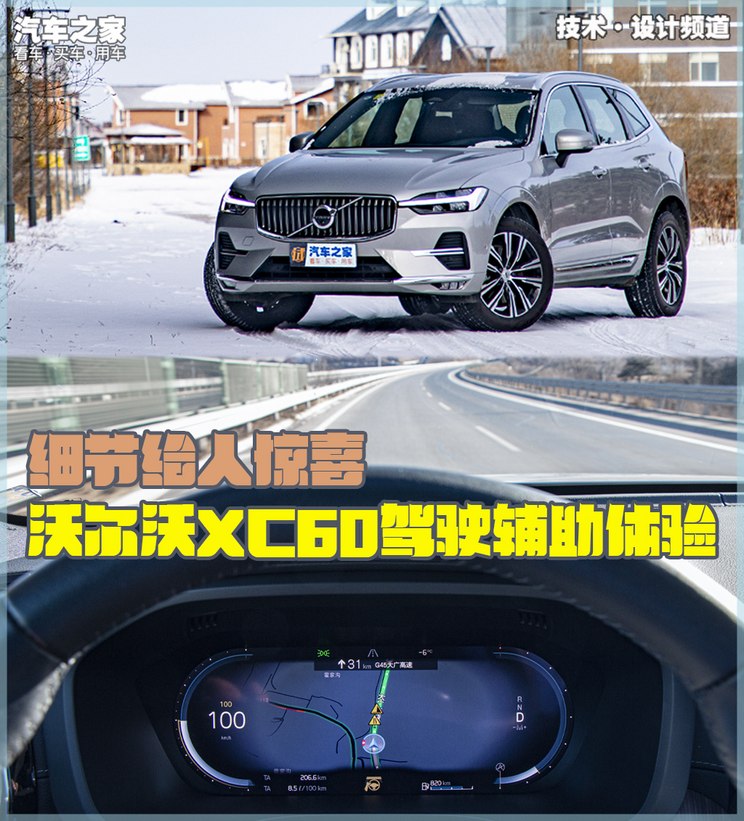
Simplicity and intuition are the beginning of a good experience.
As a mid-term modified model, the driver assistance system of the 2022 Volvo XC60 is basically the same as that of the old model, in which the urban intelligent safety, lane departure warning and fatigue warning systems are all standard. Simply understood, any configuration of the 2022 Volvo XC60 provides functions such as automatic forward emergency braking (AEB).

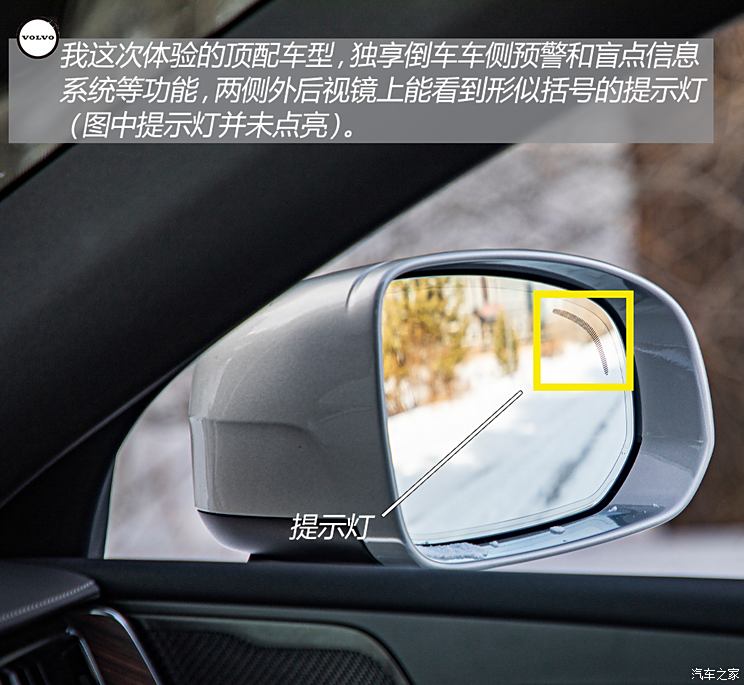
Volvo’s driver assistance system has no novel features that make people shine. It only looks at the book information, which is not much different from other luxury brands.
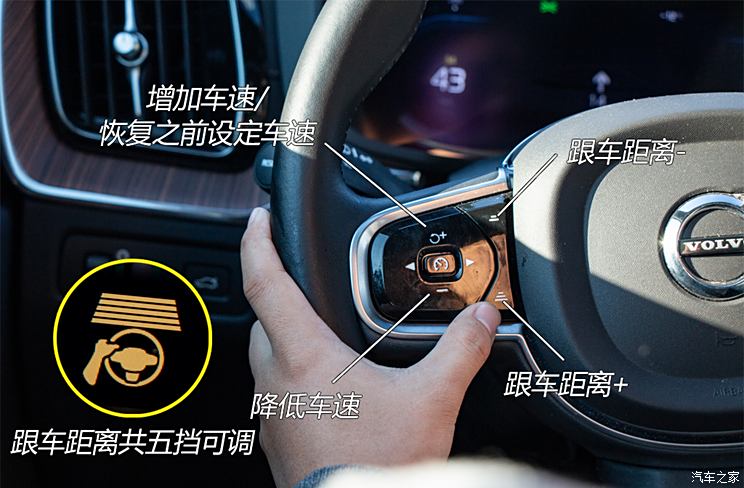
The on-off and distance adjustment buttons of the driver assistance system are located on the left side of the steering wheel. The "two bars" and "three bars" are used to reduce or increase the following distance, and there are five gears to choose from.
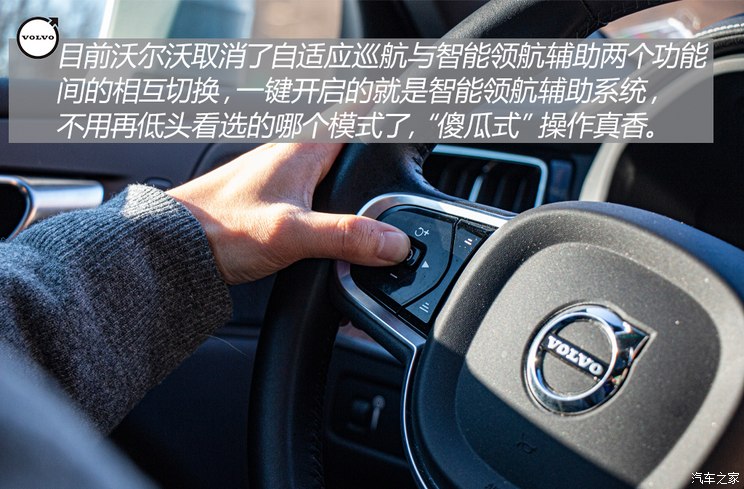
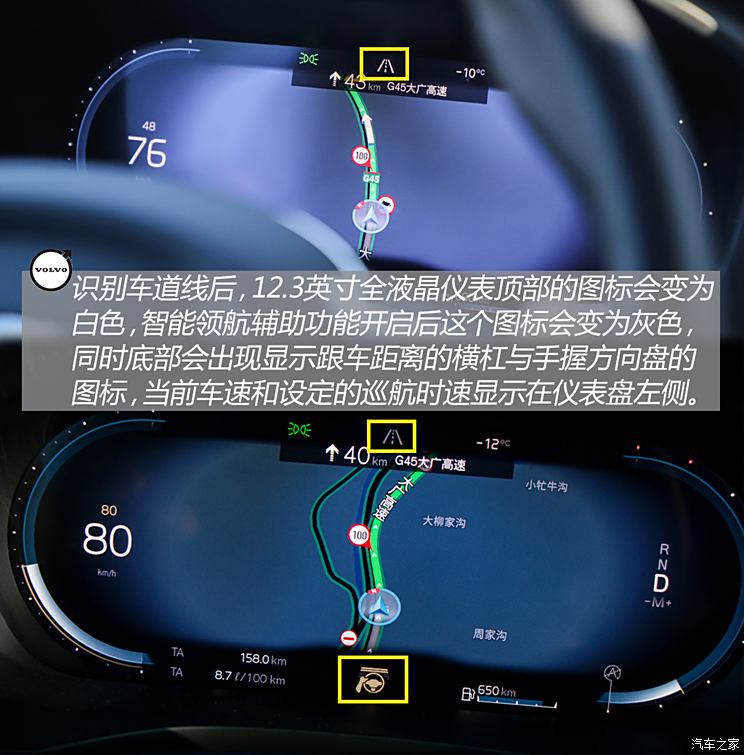
Nowadays, the situation of "one car for one family" is not uncommon. In terms of the ability to accept new functions, parents’ generation and our young people can’t draw an equal sign, so these three items, namely, full functions, low learning threshold and convenient operation, can be said to be the basis for a driver assistance system to attract users to understand deeply and even join the wish list. Volvo has done a good job in this regard. Of course, these are just the starting points. How stable the system is and whether it can withstand various tests in the real environment is the key to determine whether a driver assistance system is "easy to use".
Peace of mind and small eggs after a long-distance raid
My colleague chose Wulanbutong as the shooting location. It is 460km from Beijing, and the expressway accounts for more than 70%. It takes about 6 hours to drive. Long-term and long-distance driving on closed roads is a test for the stability of driver assistance system.
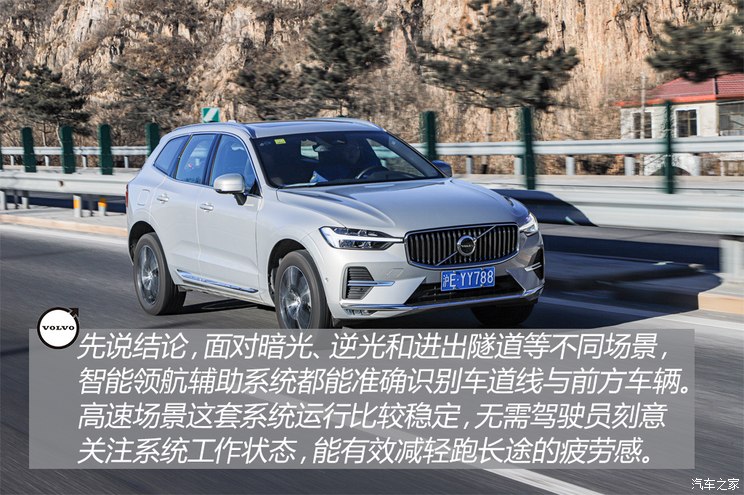
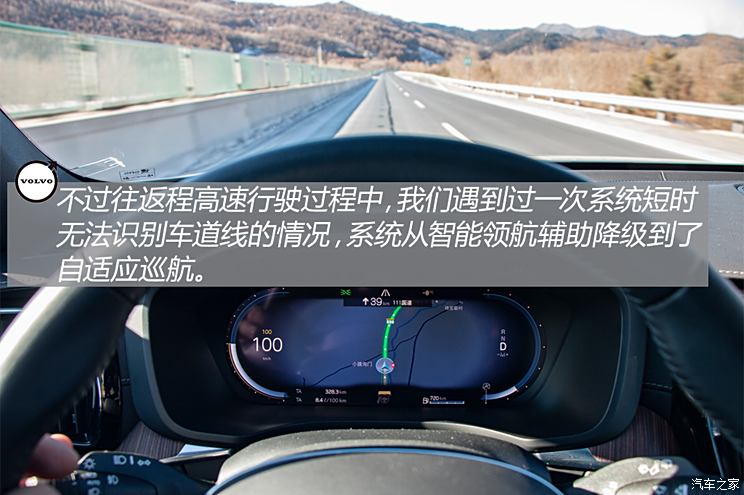
I recorded the road environment when the system was degraded (above). I can see that the left lane line and the white mark left by the snow melting agent are integrated, and nearly one third of the left lane is in the shadow, which further reduces the contrast between the lane line and the paved road. For sensors, it is really difficult to find lane lines in this scene, but it is a bit picky to question the stability of this system. On the other hand, "the magic height is one foot, the road height is one foot" is enough to describe the relationship between the perfection of driving assistance system and the actual road conditions. Instead of unilaterally "extreme", it is better to improve the driver’s attention to road conditions. After all, all you can buy at this stage is "auxiliary" functions.
In addition to stable operation, the sense of security brought by this system is also its plus item. After entering the cruise state, you can feel the steering wheel slightly shaking from left to right. This force will not interfere with normal driving, but is only used to monitor whether the driver is driving without hands.
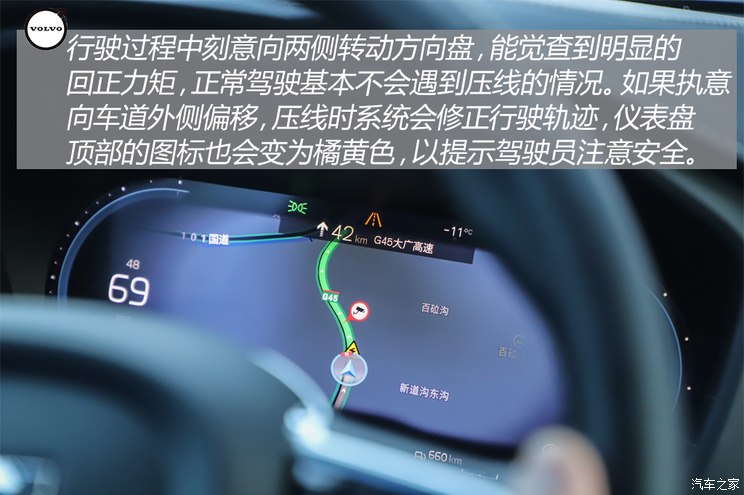

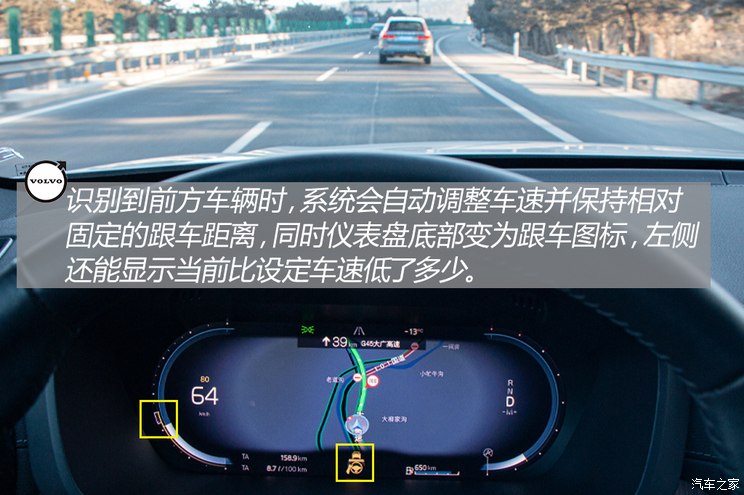
It is the strategy of most drivers to change lanes when encountering "slow train". After turning on the turn signal, the lane keeping function becomes standby, which is the routine operation of the driver assistance system at present. However, Volvo Intelligent Navigation Assist System adopts different processing methods when changing lanes to the left and right.
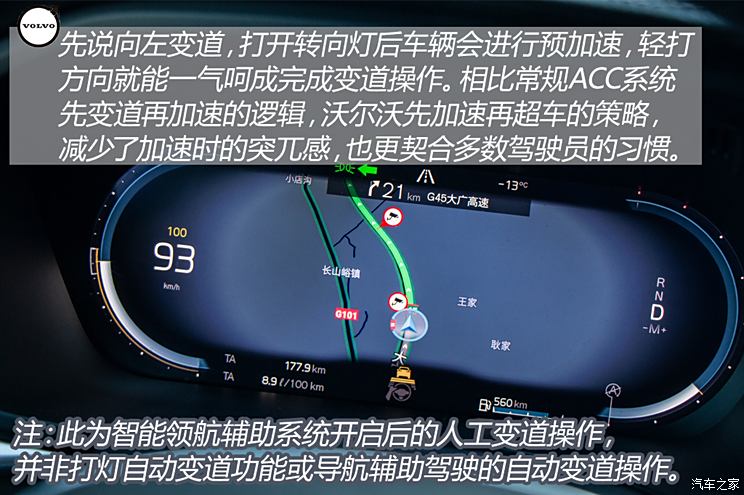
If the left turn signal is turned on but there is no lane change, the system will slow down and return to the previously set car-following distance after accelerating for a period of time and shortening the distance from the car in front. I took a video for everyone to experience.
More exciting videos are all on the car home video platform.
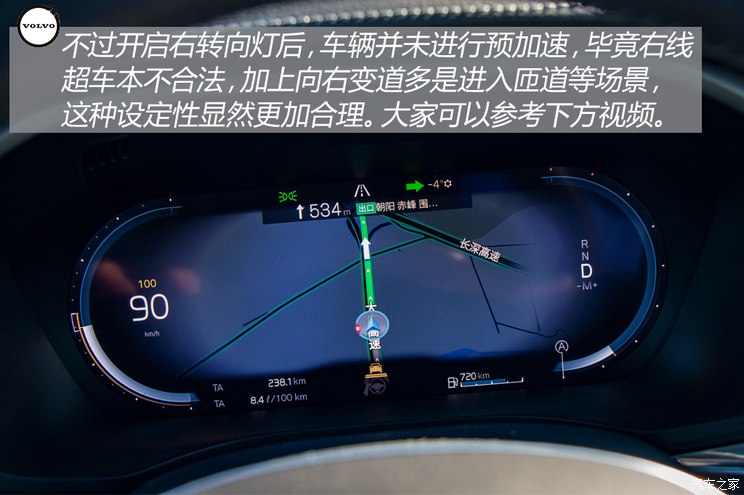
More exciting videos are all on the car home video platform.
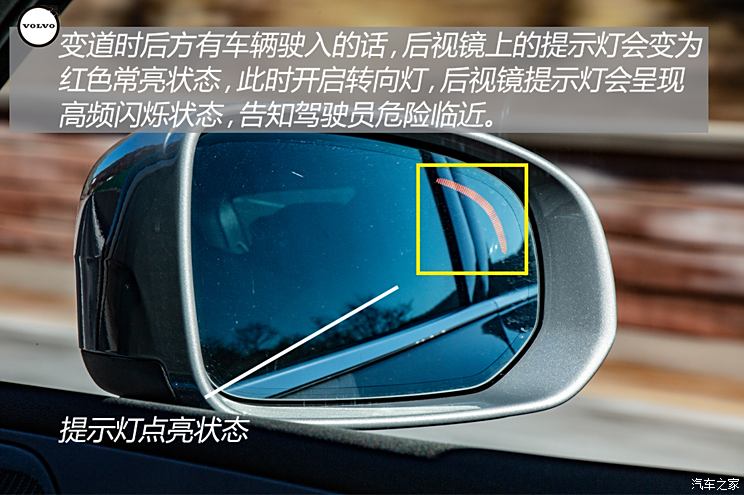
Pre-acceleration of changing lanes to the left can be described as a little egg given to us by this system, which liberates the driver’s feet and also brings a flowing overtaking lane-changing experience. From this unique logic, it is not difficult to see Volvo’s attention to detail.